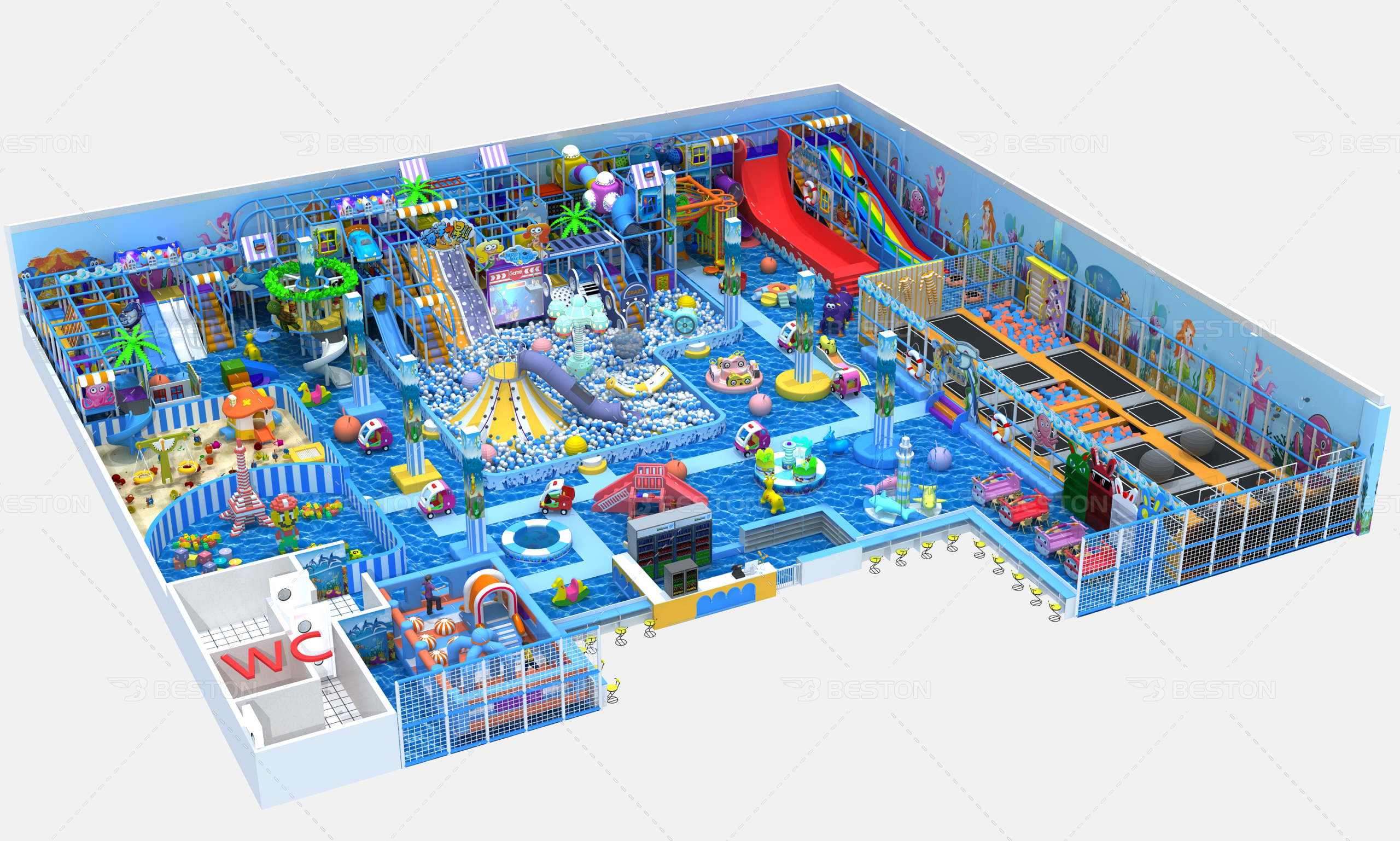When it comes to creating a fun and safe environment for children, indoor playground equipment plays a vital role.
However, purchasing kiddie rides and other play structures is only the first step. To truly guarantee safety and enjoyment,
testing the equipment thoroughly before allowing public use is essential. This article explores why evaluating indoor playground
equipment before opening it up to children is critical and provides practical advice on how to ensure your equipment meets the
highest safety standards.
Understanding the Importance of Equipment Testing
Indoor playgrounds (игровой лабиринт) are designed to be a haven for children to explore, climb, and play freely. However, these structures also
carry inherent risks if not properly inspected and maintained. Play equipment like kiddie rides, slides, climbing walls, and swings
must withstand continuous use without posing hazards.
Failing to test equipment prior to use can lead to serious accidents, injuries, and liability issues. Equipment may have manufacturing
defects, missing parts, or assembly errors that are not immediately visible. Moreover, improper installation can compromise
structural integrity, creating unsafe conditions.
Testing acts as a final checkpoint to identify and rectify any issues. It’s an indispensable practice that protects not only the children
but also the reputation and legal standing of playground operators or owners.
Steps to Effectively Test Indoor Playground Equipment
1. Visual Inspection
Begin with a thorough visual examination. Look for cracks, sharp edges, loose bolts, or worn materials that could harm children.
Check for signs of damage or wear on kiddie rides (детские аттракционы) and other components.
This inspection also involves confirming that all parts are present and correctly assembled according to manufacturer instructions.
Even minor deviations in setup can increase risk factors.
2. Functional Testing
After the initial visual check, test the functionality of each piece of equipment. For kiddie rides, verify smooth operation without unusual
noises, jerks, or vibrations. Swings should move freely and safely, slides should be stable, and climbing areas should bear weight securely.
Test moving parts multiple times to ensure reliability. If possible, simulate real use cases to understand how the equipment responds under typical conditions.
3. Safety Features Verification
Modern indoor playground equipment (оборудование для детского развлекательного центра) often comes with safety features such as padding, guardrails, non-slip surfaces, and secure harnesses.
Confirm that these features are correctly installed and effective.
For kiddie rides, check seat belts or restraints for integrity and ease of use. Inspect padding to make sure it adequately cushions potential impact points.
4. Load Testing
Depending on the equipment, load testing may be necessary to ensure it can support the recommended weight limits. This involves applying pressure or weight to various sections to confirm strength and stability.
Load testing helps prevent structural failures that could happen when multiple children use the equipment simultaneously.
5. Documentation and Certification
Keep records of all inspections and tests performed. If equipment requires certification or meets industry safety standards,
ensure these documents are up to date and accessible.
Documenting maintenance schedules and test results is beneficial for compliance with local regulations and for reassuring parents
and staff about safety.
Hiring Experts to Assist with Testing and Setup
If you lack experience assembling or testing indoor playground equipment, hiring professionals can be invaluable. Qualified technicians
specialize in correctly installing and inspecting kiddie rides (аттракционы) and play structures. They understand manufacturer guidelines, safety codes,
and best practices to reduce risks.
Professional assistance ensures that all components are properly aligned and secure. These experts often use specialized tools and equipment
to detect faults invisible to the untrained eye.
Furthermore, experts can train staff on routine safety checks and maintenance, fostering a culture of safety awareness around your playground.
Ongoing Maintenance After Initial Testing
Testing before opening is critical, but playground safety doesn’t end there. Indoor playground equipment requires regular maintenance to stay safe over time.
Daily inspections, cleaning, and prompt repairs must be part of your operational routine.
Set up checklists for staff to perform visual and functional inspections of kiddie rides and other equipment. Pay close attention to parts that experience heavy wear,
such as hinges, bolts, and safety restraints.
Maintaining a maintenance log helps track issues and ensures nothing is overlooked. This proactive approach prevents accidents and prolongs the lifespan of your investment.
Conclusion: Prioritize Safety to Build Trust and Enjoyment
Choosing and purchasing indoor playground equipment like kiddie rides is exciting, but safety should always be the priority. Testing all equipment thoroughly before letting children play on it is a critical step to protect young users and your business.
By conducting careful visual and functional inspections, verifying safety features, load testing, and documenting results, you can create a secure and enjoyable environment. When in doubt, involve qualified professionals for setup and ongoing maintenance.
Remember, safe playgrounds build trust with parents and staff and provide children with the freedom to explore and have fun without worry.
Investing time and resources into equipment testing today ensures a safer, happier play space tomorrow.

